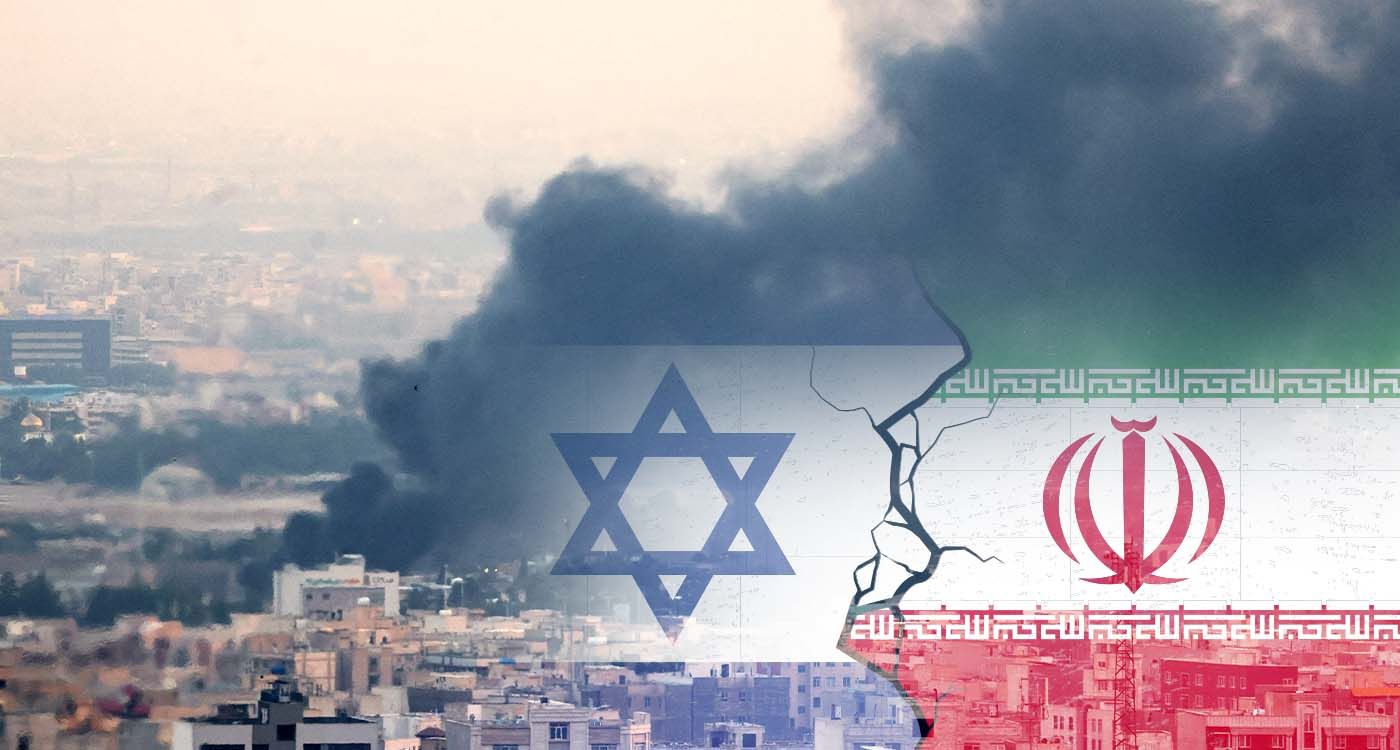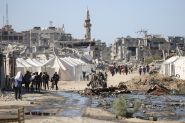- Home
- Middle East
- 'Rising Lion' Operation: Could It Be the Middle East’s Final War?

©This is Beirut
Israel’s “Rising Lion” operation against Iran, which began at dawn on Friday, was not merely a security response, it marked a pivotal step in a broader campaign of direct US pressure on Tehran. Coinciding with the expiration of President Donald Trump’s 60-day deadline for Iran to respond to nuclear deal proposals, the strike represented a shift from threats to decisive action. As Tehran prepared for a sixth round of indirect talks in Muscat, Israel launched a preemptive assault targeting nuclear sites, most notably Natanz, and carried out the assassination of key scientific and security figures.
Tel Aviv and Washington employed deliberate ambiguity and media deception to maintain the element of surprise. According to Israeli media sources, the Mossad successfully conducted operations deep inside Iran, disabling air defense and surface-to-air missile systems while deploying explosive drones to dismantle critical communications infrastructure.
Simultaneously, Washington took precautionary measures by withdrawing non-essential personnel from its missions in the region and warning its citizens of potential escalation. President Trump reaffirmed that the United States would not permit Tehran to acquire nuclear weapons. Iran, in turn, emphasized that nuclear arms do not align with its doctrine. Both Foreign Minister Abbas Araghchi and President Masoud Pezeshkian stated that Iran does not seek nuclear weapons—a position some Western diplomats consider a credible basis for renewed dialogue.
Yet, the crisis extends beyond nuclear issues to encompass Iran’s regional ambitions and military influence across multiple countries.
These developments have prompted several Arab states to clarify their positions, moving away from ambiguity toward reconciliation efforts. Meanwhile, Tehran faces a critical choice: return to negotiations under new conditions or confront growing isolation and further escalation.
Lebanon has actively sought to distance itself from the conflict and has so far succeeded. Nevertheless, regional tensions are beginning to reverberate within the country, as many fear the recent developments could undermine efforts to disarm Palestinian refugee camps, following the Baabda Agreement between Lebanese President Joseph Aoun and Palestinian President Mahmoud Abbas. The disarmament process, initially scheduled to start on June 15, has been postponed due to the escalating regional crisis.
Meanwhile, Hezbollah’s arsenal, which receives direct Iranian support, no longer serves the obstructionist axis’ interests as it once did. The Lebanese government has made it clear to Hezbollah that decisions regarding war solely rest with the state and that bypassing official institutions will no longer be tolerated—prompting the group to adhere, at least temporarily, to this directive.
Amid mounting tensions, US Ambassador Thomas Barrack is expected to arrive in Beirut soon, carrying what is believed to be a new regional roadmap, supported by mediation efforts, most notably from Russia, aimed at containing the escalation. The pressing question remains: Will the conflict end here or will it spread to other fronts if Tehran’s allies decide to intervene?
Despite the uncertainty, some see the “train of peace” already moving toward a new Middle East, free from extremist regimes—Sunni and Shia alike. If this vision materializes, the Israeli-Iranian conflict could be the region’s last major war, paving the way for a profound transformation of the political landscape.
But the crucial question remains: Will this strike be a swift, decisive blow followed by negotiations or the opening act of a prolonged escalation that reshapes the Middle East’s future?
Read more





Comments